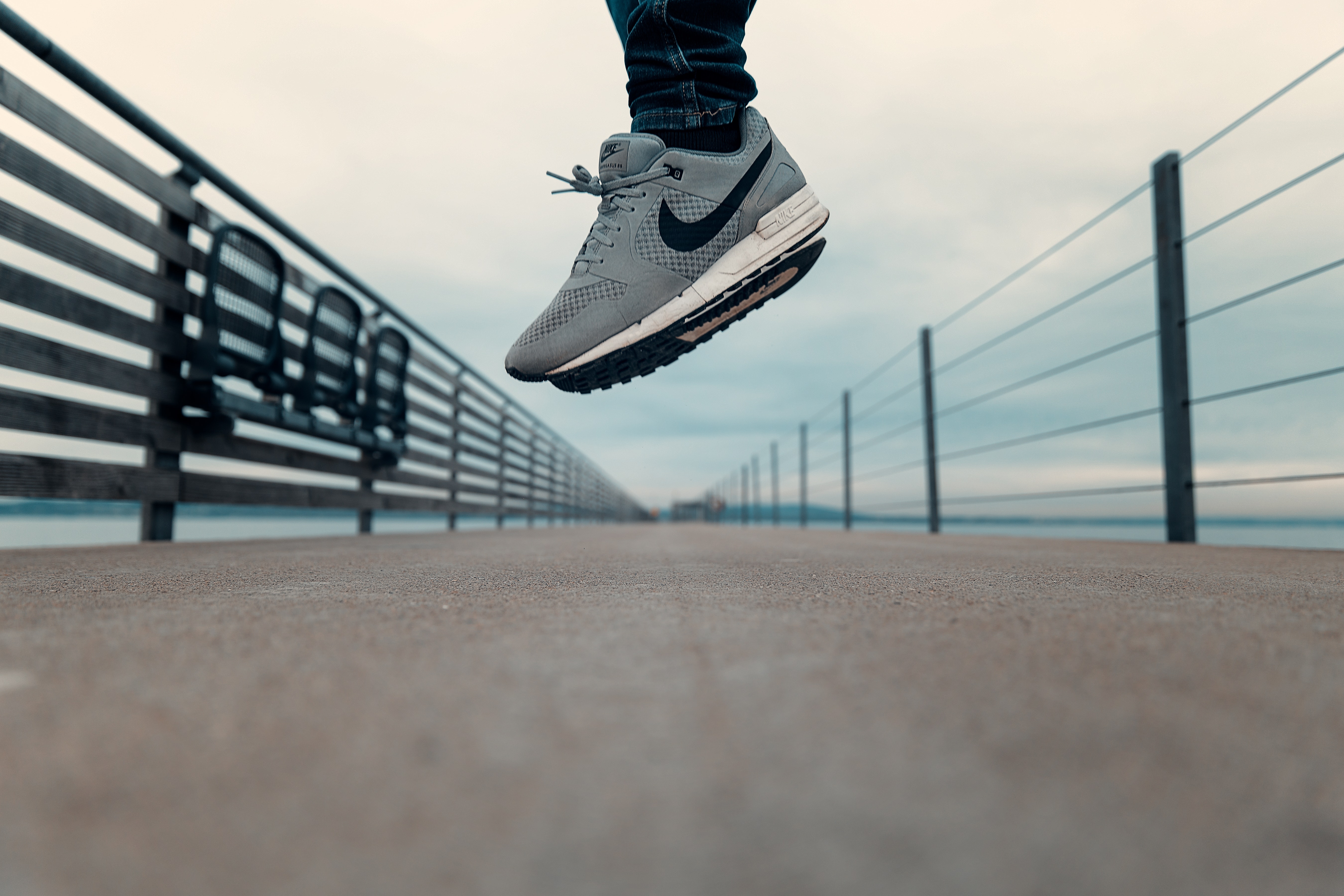Remember hopping, skipping and jumping around as a kid? That is actually a type of exercise called plyometrics and it’s something you should make time for in your training.
I know you may be thinking that you don’t have time to fit in another type of training, but the dynamic moves of plyometrics will make a positive impact on your training.
What is plyometric training?
Plyometrics (“plyo,” for short) used to be called “jump training.” It helps with training for any type of sport that uses explosive movements, enhances muscular power, explosiveness and thus increases your speed and power in a short amount of time.
To perform plyometrics, you’ll do exercises such as jump squats, one-leg hops, jumping on and off a box, or jumping over cones. Some should be done faster than others, but every single jump will stretch and contract your muscles and whip them into shape.
You can add jumping exercises into your usual training routine or do them as an entire training session. But you shouldn’t do plyometrics every day, because your muscles need a chance to rest
Why Should Triathletes Include Plyometric Exercises?
Plyometrics isn’t just about jumping. There is also a stability and strength-building that helps you gain better control of your body when you land after each jump. Plyometric training offers many benefits for triathletes including the following:
Injury Prevention
As a runner, you already have a degree of plyometric training in your program. Your muscles and tendons store energy during and after running. Adding plyometrics teaches your brain to activate certain muscles at certain times to reduce impact on your body, making it less likely to injure yourself.
Efficiency
Incorporating plyometric training into your training helps you use less energy while training or racing. You will learn how to hit the ground over and over again, which will help teach you how to be more efficient. As you become more efficient, you will learn how to perform your best in a race even when fatigued.
Improved Coordination
Plyometric exercises requires a lot of coordination, which can be directly transferred to your triathlon. It teaches the body how to better coordinate muscle contractions, which help movements become more and more efficient.
Improved Speed
Plyometrics help with that sudden change of pace that may be required on your way to the finish line or out of transition. Jumping exercises help train the body to reduce the amount of contact runners have with the ground increasing your overall speed.
Improved Strength
Plyometric jumps make muscles stronger and more flexible by stretching them prior to contraction. When you jump, your muscles stretch as you bend and contract as you jump. When you do this over and over again your muscles get stronger. This improved strength will help you become more efficient in your triathlons.
If you’d like to learn how to incorporate plyometric exercises into your training routine, contact me today. I can help you come up with a training plan to help you with improved strength, coordination, speed and efficiency.
Train Right, Tri Right!
Coach MJ







